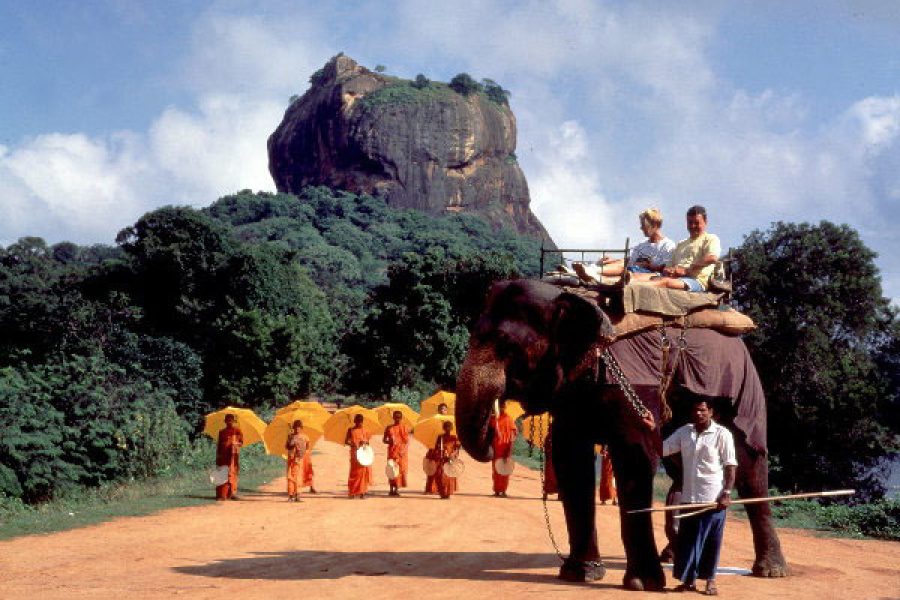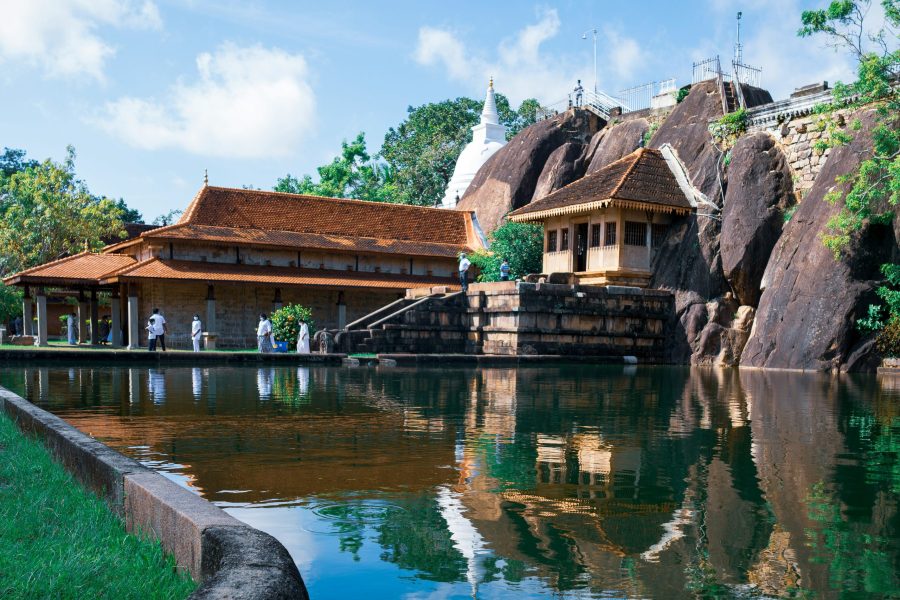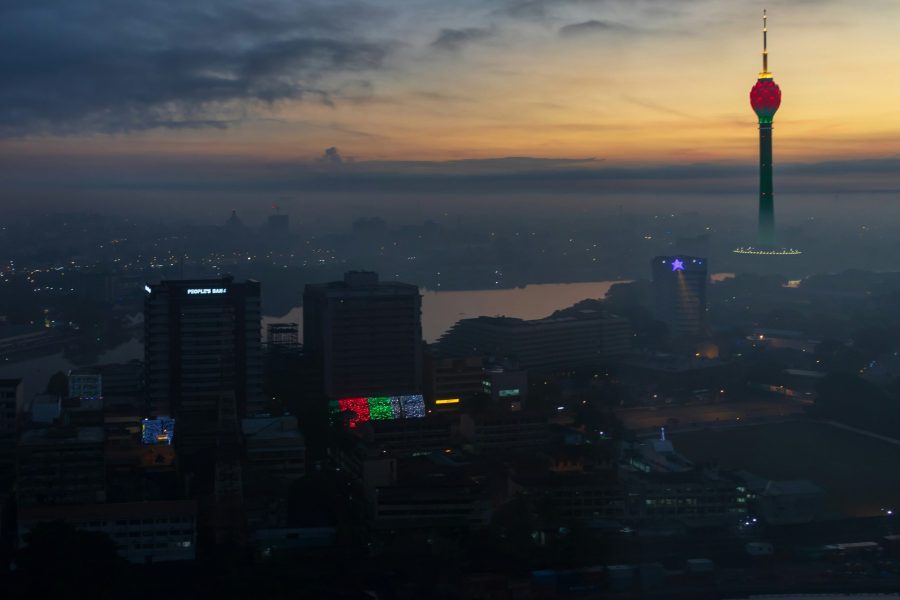Polonnaruwa is a historically significant city in Sri Lanka, known for being one of the country’s ancient capitals and a UNESCO World Heritage Site. Here’s a brief overview:
Historical Significance
-
Capital of Sri Lanka: Polonnaruwa was the second capital of the Sinhalese Kingdom after Anuradhapura.
-
Golden Age: Flourished in the 11th–13th centuries, especially under King Parakramabahu I (1153–1186), who built impressive irrigation systems and monumental architecture.
-
Invasions: Declined after repeated invasions, particularly by South Indian Cholas and later internal struggles.
Top Attractions
-
Gal Vihara – Famous rock temple with stunning Buddha statues carved into granite.
-
Parakrama Samudra – A vast artificial reservoir built by King Parakramabahu.
-
Royal Palace of King Parakramabahu – Remains of a grand palace complex.
-
Vatadage – A circular relic house with intricate carvings and Buddha images.
-
Rankoth Vehera – A large, well-preserved stupa.
-
Polonnaruwa Museum – Offers context and insight into the city’s history and ruins.
Other Features
-
Irrigation Systems: Advanced ancient technology for agriculture and water management.
-
Biking Around: The ruins are spread out, so renting a bicycle is a popular way to explore.
Location
-
Situated in the North Central Province of Sri Lanka.
-
Easily accessible from major cities like Colombo and Kandy via train, bus, or car.
Would you like help planning a trip to Polonnaruwa, exploring its historical timeline, or learning more about its kings and architecture?





Leave a review